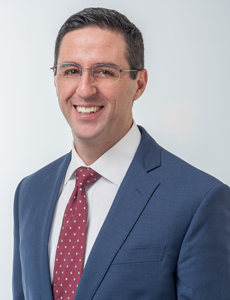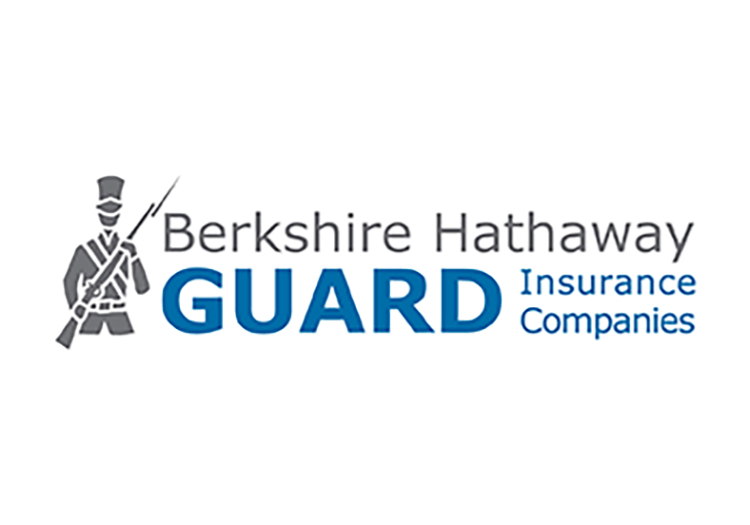Stressed But Stable: How One Senior Care Insurance Professional Sees the Sector Holding Up to the Pandemic

Long-term living and senior care facilities are under intense pressure.
Their vulnerable populations, characterized by advanced age and an array of comorbid conditions, have been disproportionately impacted by the COVID-19 pandemic.
That may have some operators worrying insurers will take a harder line come renewal, putting all aspects of their disaster preparedness plan under a microscope. But the truth is, infection control has always been a top concern in the senior care sector, and underwriters recognize that even prepared organizations cannot completely eliminate exposure to an event as all-encompassing as a pandemic.
According to Mike Iovine, assistant vice president, ProAssurance Senior Care, the pandemic has exacerbated some traditional exposures in the senior care sector and served as a test for existing risk management practices, but it has not fundamentally altered the way underwriters approach this industry or drastically shifted the market.
Iovine sat down with Risk & Insurance to discuss how he sees the pandemic impacting the industry going forward and how he expects the market to react.
What are some of the traditional liability exposures for the senior care sector?
The health and safety of residents definitely constitute the foremost exposure for nursing homes and other long-term care facilities.
From a professional liability standpoint, resident falls and decubitus ulcers — also known as bed sores or pressure sores — have been most significant risks in terms of claim costs. Given the vulnerability of the patient population, incidents of abuse or assault are also critical risks in this industry. Another common one is elopement — when a resident leaves a facility without notifying anyone.

Mike Iovine, assistant vice president, ProAssurance Senior Care
Lack of supervision due to low staffing levels exacerbates all these risks, and we do see a correlation between lower staff-to-resident ratios and professional liability claims. In general, the more well-trained staff you have on-site, the better you’d be able to reduce liability exposure.
How did COVID-19 exacerbate those risks? Were there pre-existing weaknesses in senior care risk management that have been highlighted by the pandemic?
For facilities that were already understaffed, undersupplied or overworked, COVID-19 certainly would have exacerbated existing risks associated with burnout or insufficient staffing ratios.
Take a health care facility that already had a high fall rate. Suddenly half their staff is out due to an active COVID-19 infection or a need to quarantine. On top of that, you have to keep your residents socially distanced. And you have to change PPE every time you enter a new room. You can see how significantly things would slow down and further limit the amount of timely supervision over residents.
Now maybe staff is unable to arrive in time to help a resident out of bed, which results in them falling and injuring themselves. Incidents like that are more likely to happen more often when the staff is under such enormous stress.
I think residents’ mental health is another risk exacerbated by the pandemic. The psychological effects of living in a nursing home are serious and have always been a concern in the senior care industry; the better rated facilities have robust activity programs to engage residents.
With COVID, those activities had to cease as well as all family visits. We don’t yet know what the full effects on ongoing isolation with be on this population.
Some senior care facilities suffered significant casualties at the hands of COVID-19, while others had very few or even no positive cases. What are the safer facilities doing right?
It comes down to taking disaster preparedness seriously and practicing the plans that are in place.
Facilities that were most prepared had written plans in place to deal with an outbreak, which include contingencies for shortages of staff and PPE, transportation protocols if residents needed to be transferred, and isolation procedures. None of these things are necessarily new, but they likely never had to be implemented. Unfortunately, COVID-19 was the first test for many of these plans, and a monumental test at that.
It’s important to remember, though, that a facility’s success is largely a function of what’s going on in the local community. We’re seeing organizations with locations across several states having very different experiences, despite enforcing the same risk management standards.
A facility may be doing everything right but if you are in an area with a very high infection rate, there’s a much greater chance of a staff member bringing it in to the facility. Likewise, facilities with a very low infection rate may owe their good fortune to infection control practices in their community at large, and not solely necessarily within their four walls.
It’s a situation where loss history doesn’t necessarily reflect the strength of the risk management program.
In such an uncertain time, continual communication is important to keep everyone informed and assuage some stress. Does good communication also help to mitigate loss severity?
When communication is frequent and clear, it does have a positive impact on claim severity. Having an upset family member sometimes just results from not fully understanding the circumstances or potential outcomes of a clinical decision, being surprised with information, or maybe hearing it from the wrong person in the improper way.
In a COVID-19 case, just like with any other adverse situation, you want somebody that knows how to be empathetic and treat it sensitively. The mode, manner and tone of communication are just as important as the accuracy and the timeliness of the information.
Any updates in health status should come from someone who holds a significant position within the organization — such as lead nurse or even a director of resident care — and knows the resident very well. That way the family has greater confidence in the quality of the information, feels they are receiving a high level of attention and may be less likely to pursue litigation.
Will the pandemic change the way underwriters assess risk in this space?
It’s definitely driven a more in-depth underwriting process, and underwriters are perhaps being a bit more cautious.
Thankfully, there is a lot of data available from CMS and CDC to guide how underwriters evaluate the documented infection control practices of any facility as the pandemic continues. Those practices may be under closer scrutiny now and underwriters will be asking more probing questions, but it’s not a new focus.
While Tort reform has always been an underwriting consideration, with new immunity measures enacted by either governors or state lawmakers, underwriters are really tracking minute-by-minute changes in any kind of civil liability immunity. That’s going to potentially reduce the exposure shouldered by any healthcare organization as we deal with this crisis.
What is the current state of the liability market for the senior care sector, and what should insureds expect come renewal?
Coming into 2020, we were starting to see signs of hardening in the market, but nothing very significant.
Overall, premiums and retentions will likely rise as available capacity shrink a little, but I’m not anticipating any dramatic shifts. I do think that some common coverage enhancements are going to become less common as underwrites adopt a more cautious approach.
But in the senior care space, no two risks are the same and every facility will have a different experience at renewal. Insureds with a favorable risk profile and loss history will still have plenty of options in the marketplace.
Senior care operators that have suffered more severe losses may have a harder time finding what they’re looking for. My advice in those situations is to really work closely with your broker and your underwriter to tailor coverage that works best for your exposure. &










